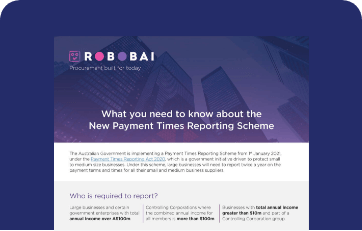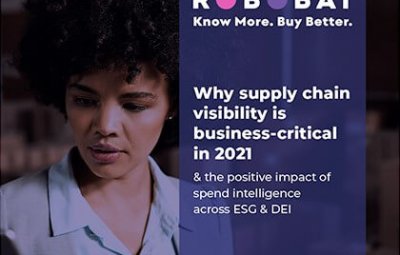- May 19, 2019
- Uncategorized
AI in Procurement – More Than Just Classified Data

With the adaption of AI in procurement analytics platforms, the question still remains surrounding “what the actual benefits are”. The challenges of achieving accurate spend data classification have been hot topic over the past twelve to eighteen months with many speakers at procurement events discussing ways spend analysis platforms are able to achieve this and also maintain accurate spend data. Media stories have frequently been published of late confirming the ability of AI powered procurement analytics platforms to achieve highly accurate spend data at product level. So, it is pretty clear now to procurement leaders that highly accurate, classified data can be quickly achieved via the implementation of a procurement analytics platform that is powered by AI. But is that the whole of the story? What are the other benefits of these platforms? How else do they assist procurement leaders in their strategic decision making?
Some AI procurement analytics platforms are indeed taking things to another level. There are a few companies built on procurement expertise and understand the actual requirement of a procurement division – the ability to visualise highly accurate spend data at product level is just the start; the basis to allow for deeper data insights.
Using classified spend data, the AI quickly formulates and reports on trends in all non-contractual spend, detailing spend activity across all divisions, sites and suppliers. The AI is able to understand and display non-compliant procurement activity and directly report findings to the relevant people in the procurement team. Category managers are able to really understand their product categories, its related suppliers and ultimately formulate a plan to increase compliance.
In terms of contract management, there are some platforms using cognitive process automation and NLP (Natural Language Processing) in which the AI is capable of reading PDFs and electronic contracts and auto-processing them in fully manageable environment with almost no human interaction. The AI will read and process all relevant info (i.e. supplier name, category, start/end date) from files in legacy systems and automatically provide procurement teams with notifications on contract expirations; ultimately enabling full knowledge of supplier activity and intelligent supplier management.
Outside of these areas which hold direct benefit to an organisations best value practices, many enterprise businesses have the responsibility to show they support social enterprises, and in some countries (certainly Australia), companies must have a policy in place to ensure that they are mitigating modern slavery across their supply chain. Some AI platforms are trained to uncover such opportunities, giving procurement teams knowledge of accredited social enterprises that they are able to support through changing supplier or likewise categories which have evidence of modern slavery risks seven degrees down the supply chain.
Ultimately it is clear that procurement platforms are much more than just accurate data classification, but they are actually becoming the backbone of the procurement division, the source of intelligent information from which all strategic human decisions are made.
OTHER RESOURCES THAT YOU MIGHT BE INTERESTED IN:

Payment Times Reporting Scheme (PTRS)
With increased transparency and obligations around payment times and practices of large businesses, it is critical that eligible entities have a thorough understanding of the requirements of the Payment Times Reporting Scheme (PTRS) to ensure they are meeting the reporting requirements on time!
Transform your business with a 360-degree view of supplier risk, compliance, spend and contracts.




